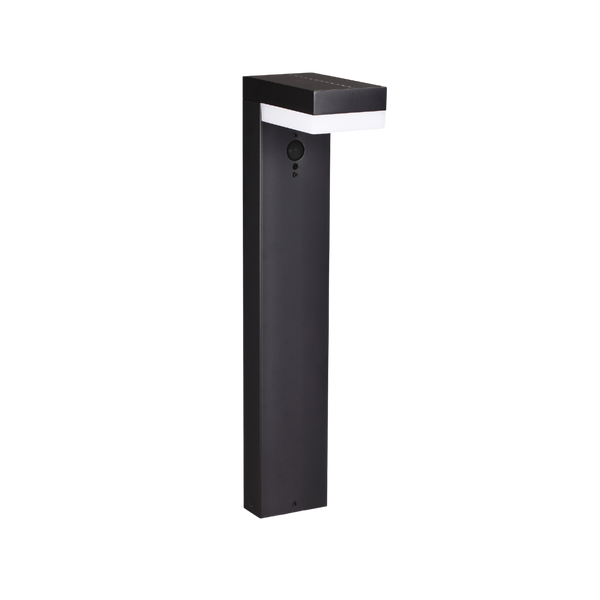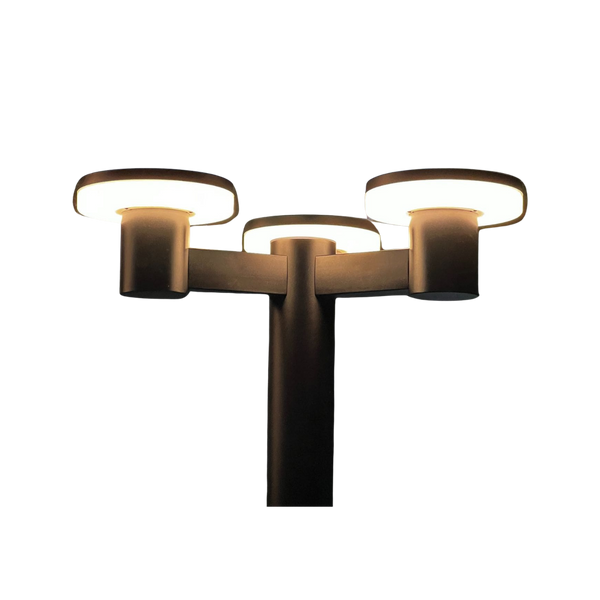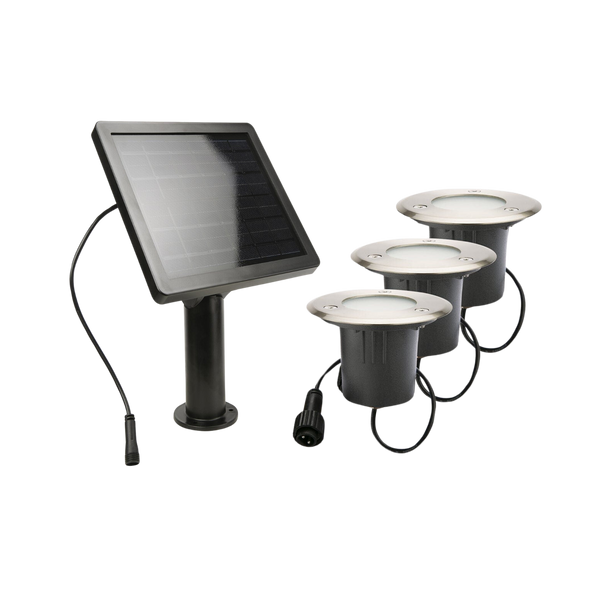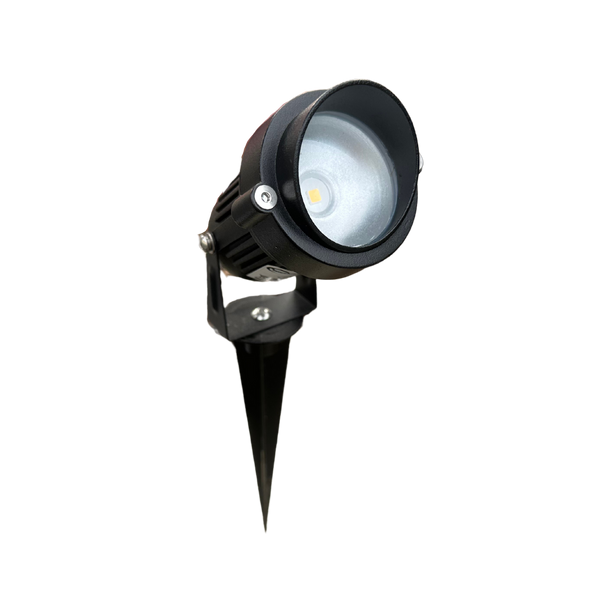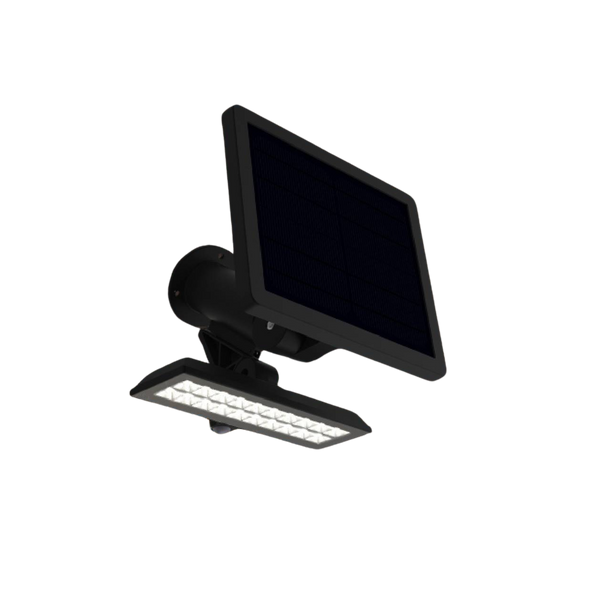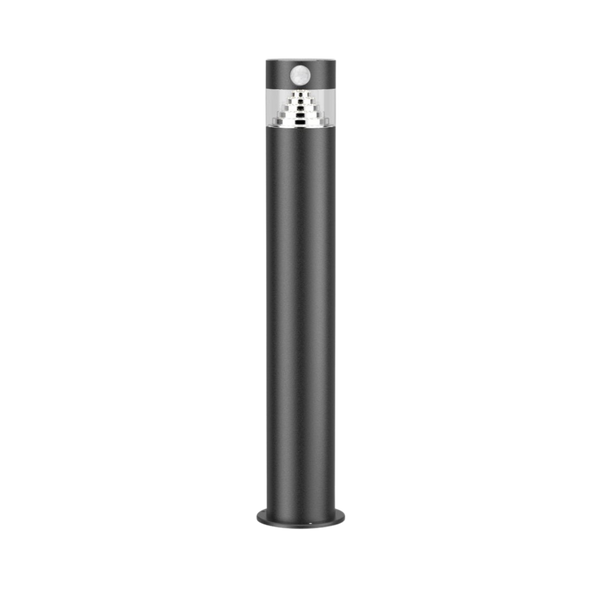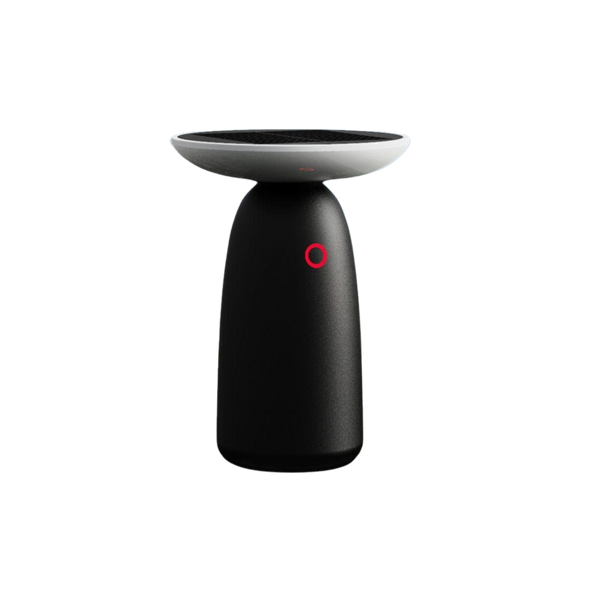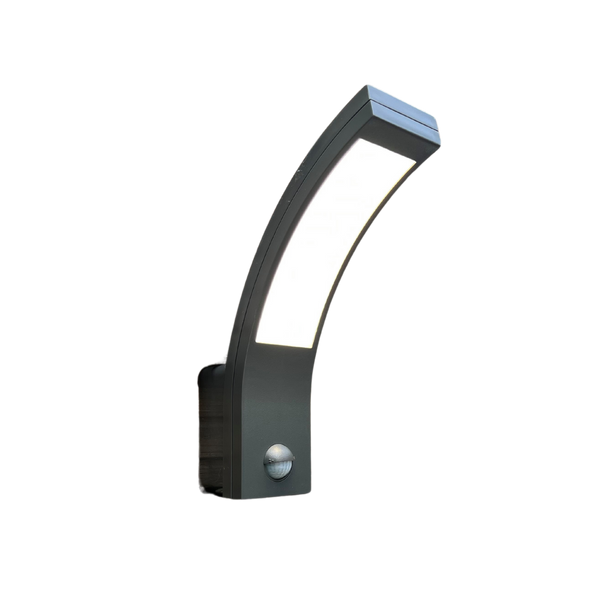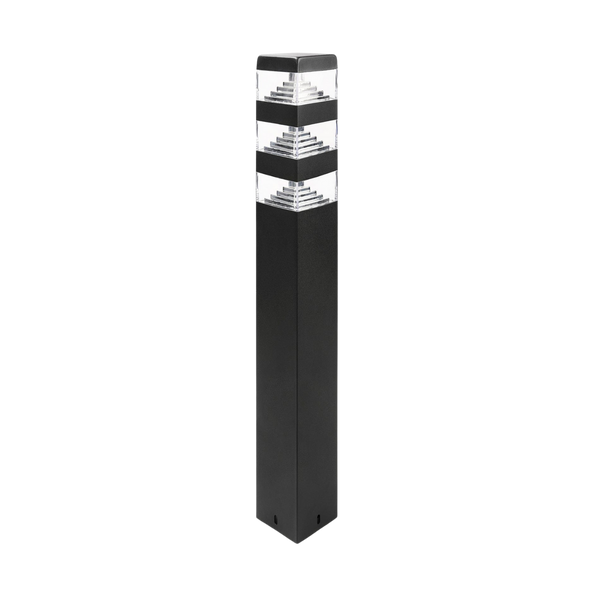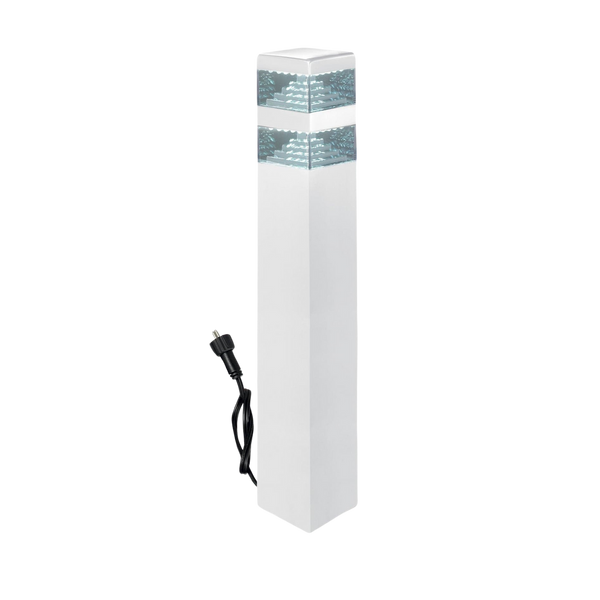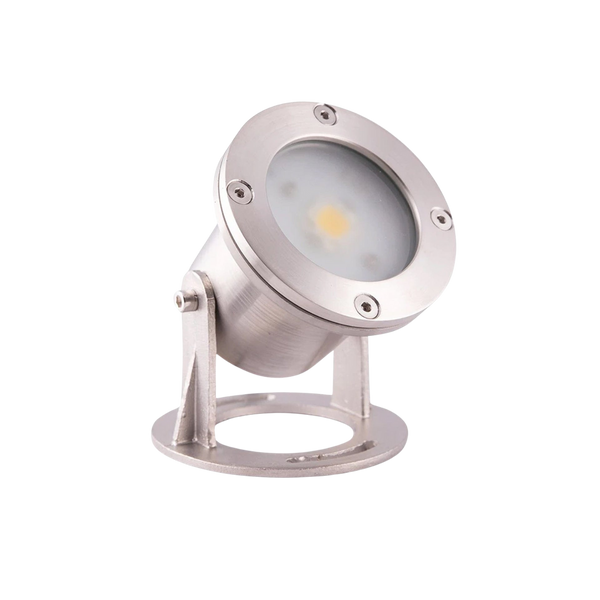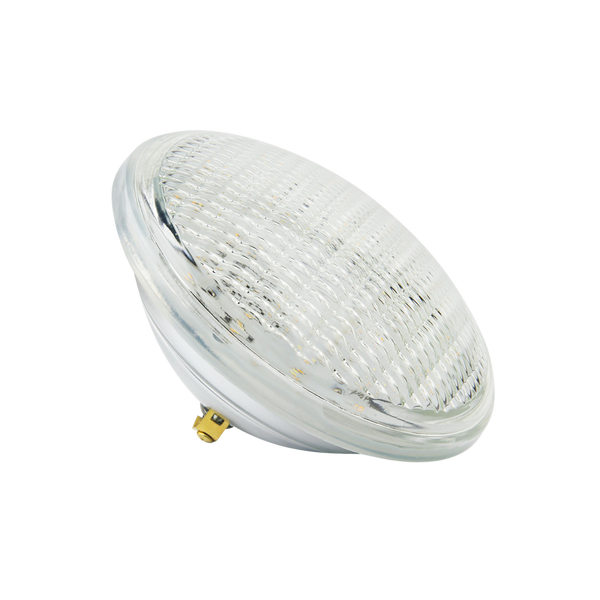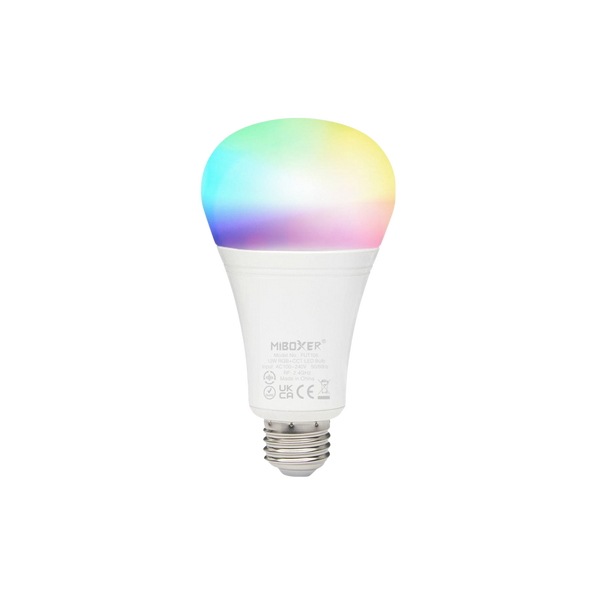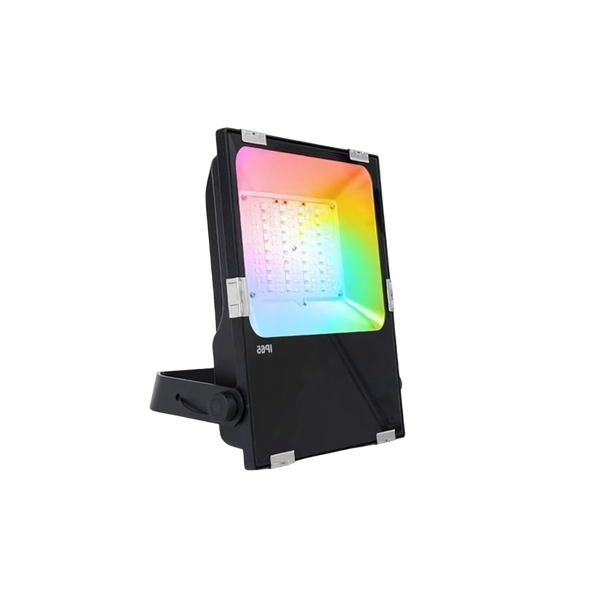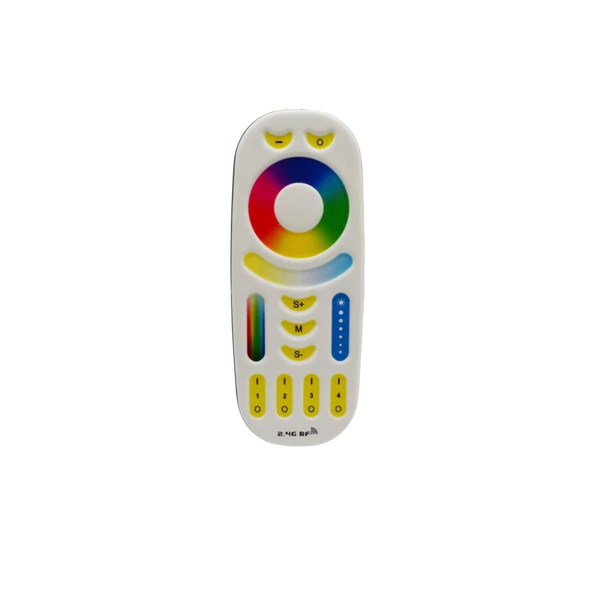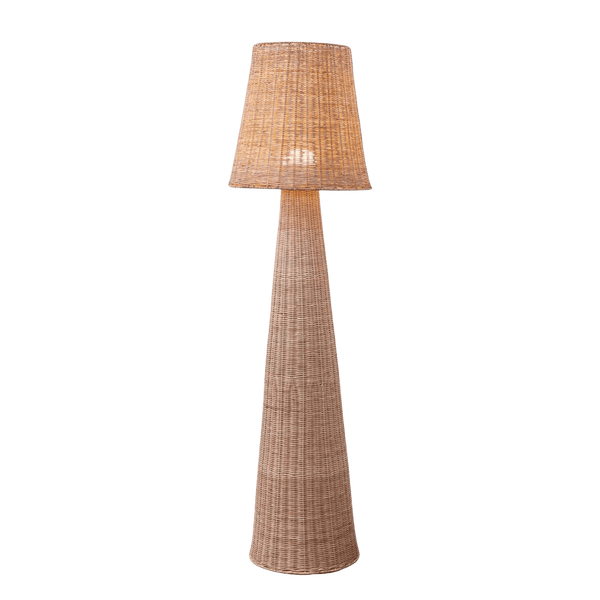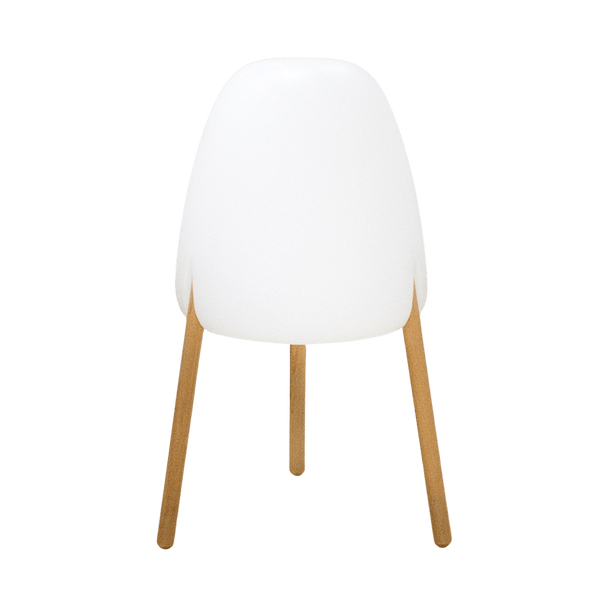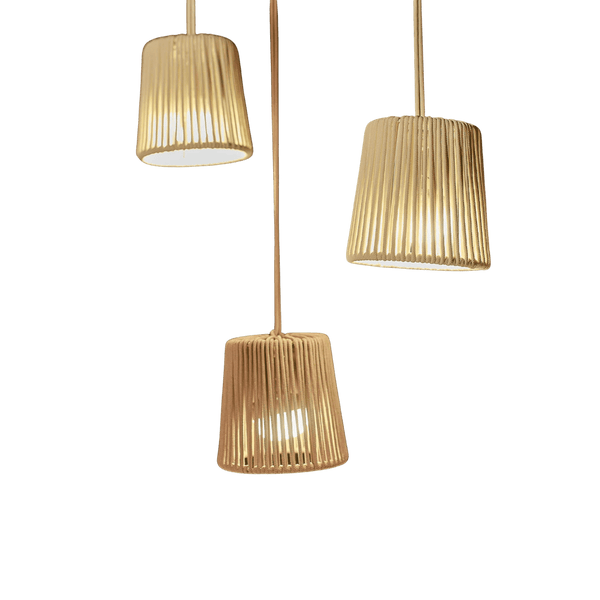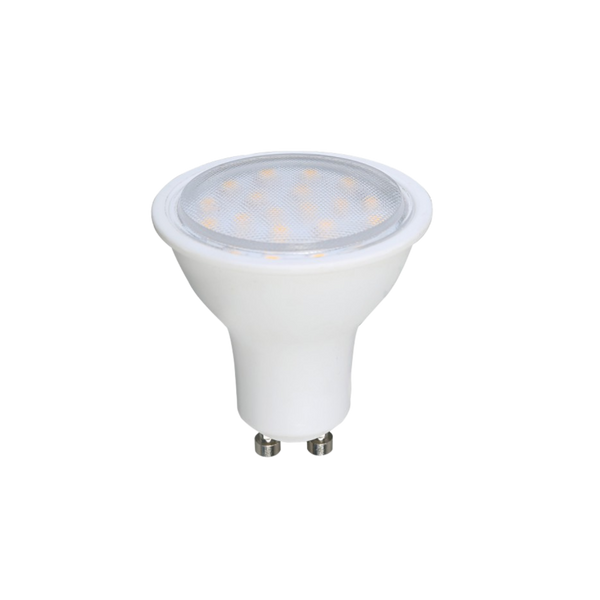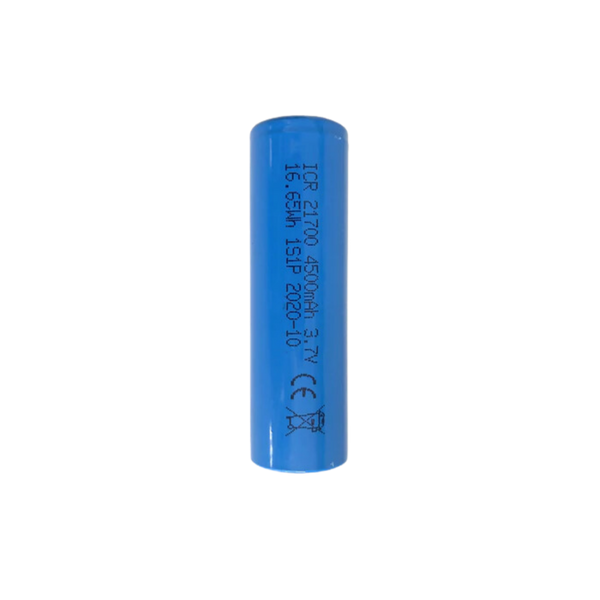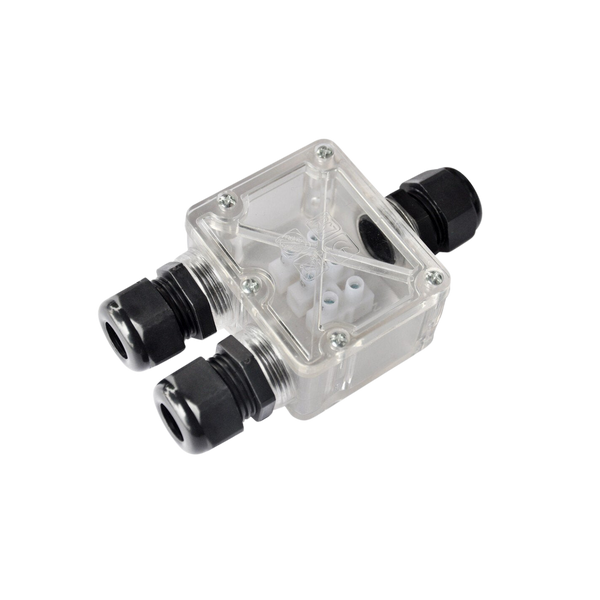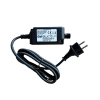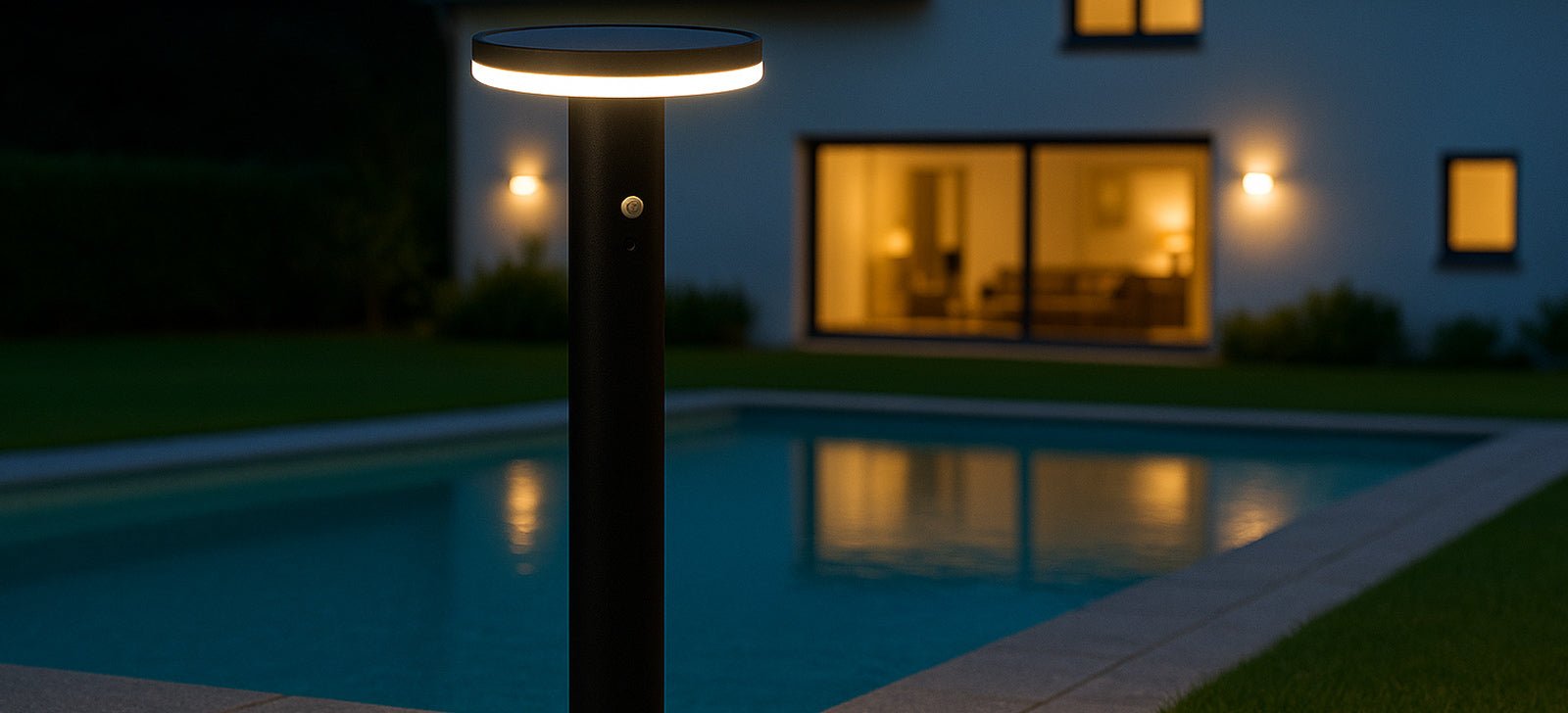Post? Bollard? For many, it's all the same. A low, metal or aluminum luminaire, planted in the garden and lit up at night. And yet... these two solutions have neither the same silhouette, nor the same function, nor the same visual effect.
So to help you avoid lighting mistakes (the kind that turn a beautiful driveway into a runway, or a terrace into a poorly-marked wasteland), here's a clear and simple guide. Our aim: to help you make the right choice for your project.
The main difference: it's all about height (and rendering).
The outdoor bollard light is rather discreet. Between 30 and 60 cm high, they emit a soft light, often directed towards the ground. It's hardly noticeable... until it lights up. Its role? To mark out, guide and create a muted atmosphere.
The bollard, on the other hand, has a more assertive presence. At 70 to 120 cm in height, they become a genuine element of landscape architecture. It illuminates more widely, sometimes even 360°, and structures volumes. A bit like a pocket lamp - elegant, of course.
"The bollard becomes a decorative element in its own right. The bollard works in silence."
- Christophe Coelho, founder of Lumihome
Recommended use for each model
The bollard adapts perfectly to walkways, flowerbed borders and outdoor staircases. It blends into the environment and creates a subtle marker. You can see where you're walking, without being dazzled.
Outdoor bollards, on the other hand, are best suited to large driveways, garage entrances, pool surrounds or outdoor living areas. It attracts the eye, adds verticality and contributes to the overall ambience of the garden.
If you're looking for an architectural effect or a landmark, choose a bollard. If you simply want to draw attention to the ground, choose well-spaced bollards.
And the solar version, what's the difference?
This distinction also applies to solar power. Solar-powered bollards are often more compact, sometimes including a stake for express installation. They provide perfect beacon lighting, provided they are well exposed.
Solar-powered bollards are a more recent development, and can now be used for a much wider range of applications. At Lumihome, thanks to high-power LEDs, twilight sensors and integrated motion detectors, our models rival certain wired models. No cables, no trenches, no constraints.
In fact, discover our range of outdoor solar bollards and solar bollard posts to fill up on autonomy... and style.
Design, materials, finish: think of the whole project
Bollards are often chosen for their discretion. It needs to blend in, remain in the background, accompany the décor without dominating it. Powder-coated aluminum or brushed stainless steel are the most common finishes, and the most resistant.
The bollard becomes a visible, sometimes even decorative object. It can be given a textured finish, a bolder shape or an original diffuser. At Lumihome, every detail is designed to create an elegant, durable whole.
"Good exterior lighting is like a frame: it emphasizes without stealing the show."
The right reflex: mix the two depending on the zone
Why choose between the two? By combining posts and bollards, you create dynamic, legible and aesthetically pleasing lighting. A bollard at the entrance, bollards along the path, and you've got a harmonious path from the gate to the terrace.
It's also a way of playing with volumes and heights, and subtly guiding the eye.
How to install your bollard
Installation depends above all on the type of luminaire chosen: solar, 12V or 230V. In all cases, one thing remains essential: stability. A poorly fixed bollard means a wobbly light the first time it rains. If a bollard is poorly anchored, the whole aesthetic of the garden is compromised.
For long-lasting installation, it's best to opt for a concrete base (approx. 25 x 25 x 25 cm), especially for wired or tall models. Lighter solar-powered bollards, on the other hand, can often be installed on a stake if the ground is stable. Be sure to orientate the light beam correctly, space the light points evenly (between 2 and 4 meters apart, depending on wattage), and bury the cables properly if necessary.
Connections must always be protected by waterproof connectors (IP68). When using a 230V power supply, always switch off the power supply and comply with current standards (NF C 15-100).
Want a complete step-by-step guide, including tools? Visit our dedicated article: How to install a garden bollard correctly
Remember: every project deserves its own spotlight
The right lighting is the one that suits your use, your style and your terrain. Not too much, not too little. Neither dazzling nor insufficient. By understanding the difference between a bollard and a post, you make a coherent, durable and elegant choice.
And with Lumihome collections, you won't have to choose between technology and aesthetics: both are already integrated.



